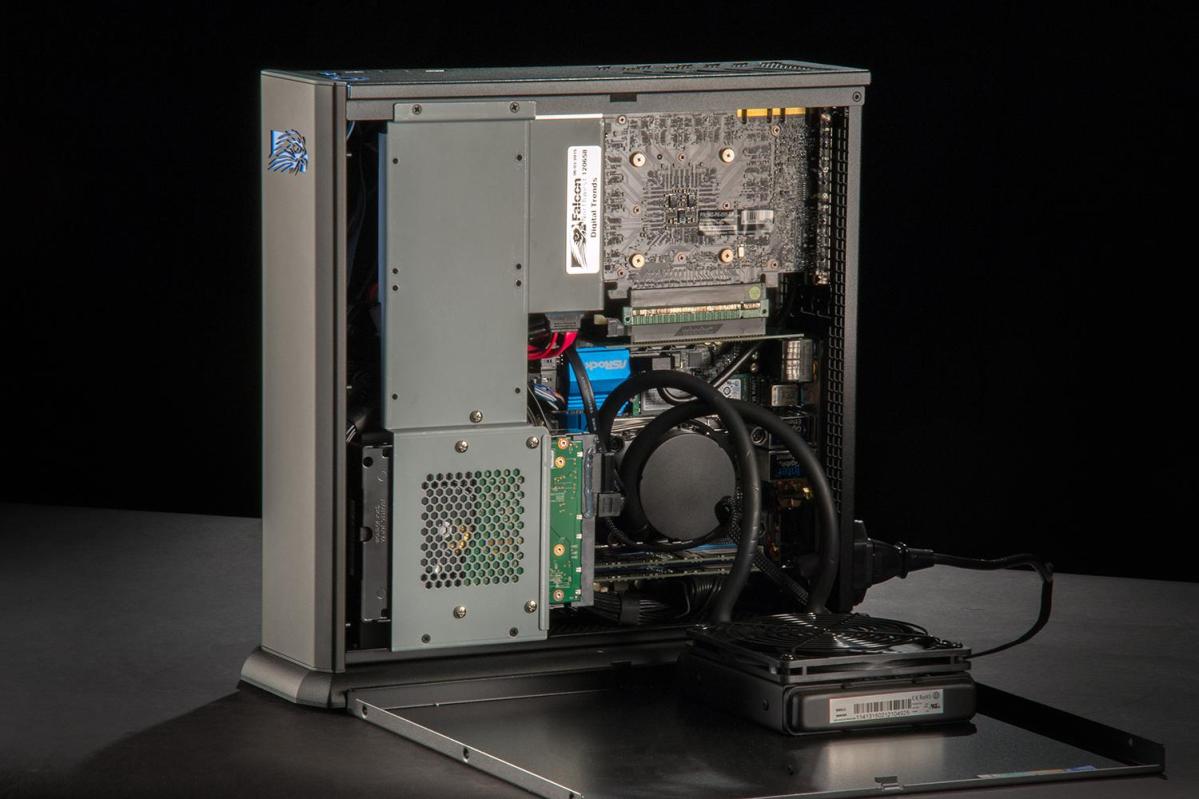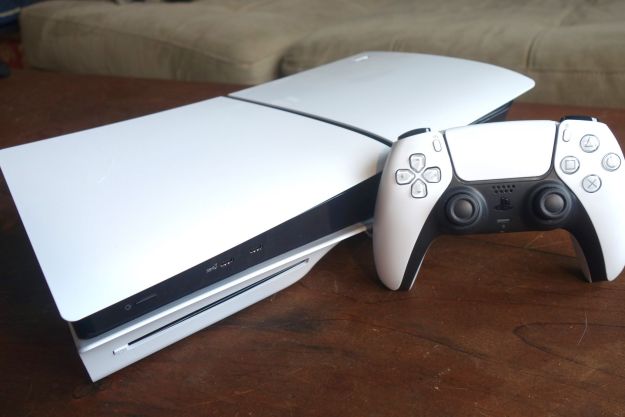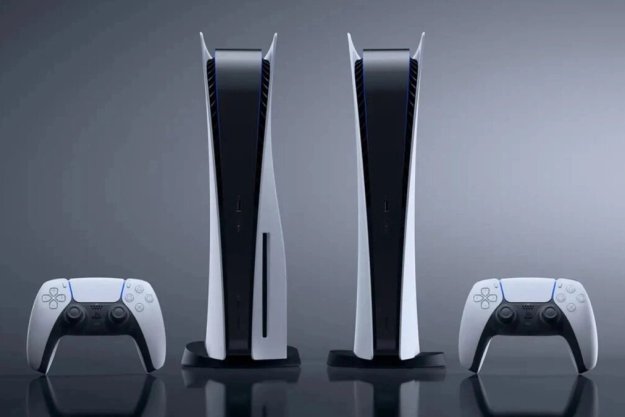Sony showed off the internals of its upcoming PlayStation 5 console with an official teardown posted on the company’s YouTube page on Wednesday. A lead designer removes every component in the console’s massive, beautiful enclosure, and the internals reveal good news — along with similarities to modern PCs.
The side panels are a very PC feature
Let’s start with the side panels. These simply snap off either side of the case in a motion that will be immediately familiar to anyone who has worked with a $50 steel PC case. There are no thumbscrews here, but it’s still any easy device to crack open. This will make custom PS5 case mods a cinch.
The teardown also revealed a traditional cooling arrangement: Air comes in from the front and is exhausted out the back. This is true for most PCs, as well.

But there’s one notable exception. Unlike most PCs, the
It may be as easy to repair as a PC, but it could cost more
Unlike most PCs, removing the side panels of the
The

Removing that second layer of plastic reveals a mainboard that’s both very familiar, and very different, from a PC. Familiar in that it’s similar in size and shape to PC motherboard. Different in that all the key components are attached directly to it. That includes the
Accessing the mainboard seems simple. I’d imagine most PC enthusiasts could easily repair a broken
In some ways, the
The downside? With so much soldered to the mainboard, you’ll face steeper repair costs if any particular component conks out. The
The PlayStation 5 is closer in size to a PC than you’d think
That shouldn’t send anyone running in terror, because we’re not talking about massive gaming towers. The
These PCs, and others similar in size to the

From the look of Sony’s video, tearing down a Falcon Northwest Tiki or Digital Storm Bolt isn’t any easier than tearing down a
The similarities in size and form factor between the
Does the Tiki get loud? In demanding workloads, certainly. But it isn’t always, and the PS5’s 350-watt power supply (which suggest a maximum power draw slightly south of that figure) is tame by comparison. It’s reasonable to think the PS5’s thick fan and chunky heatsink will be up to the challenge.
PlayStation fans should be pumped
The PlayStation 5’s teardown suggests it will prove rather easy to repair, and that’s always good news for superfans. They’re the ones who will push this system to its limits, and potentially need to crack it open if something goes wrong.
It also opens the door for modding. Enthusiasts will surely swap out the side panels, and of course, and hard drive is simple to replace. I’m sure fans will express themselves with outlandish custom panels and the biggest hard drives they can fit.
This all adds up to a promising start for the PS5’s hardware. It’s true that most players will never turn a single screw, but the console’s design — not to mention the PS5’s price — will be a boon for both PlayStation superfans and PC gamers interested in giving a console a shot.
Editors' Recommendations
- Grand Theft Auto 5 and 11 more games are leaving PS Plus in June
- V Rising comes to PS5 this June alongside Castlevania special edition
- Helldivers 2 PC woes prove that PlayStation needs an online overhaul
- If you’re not using PlayStation Stars, you’re missing out
- 3 underrated PS Plus games you should play this weekend (May 3-5)


